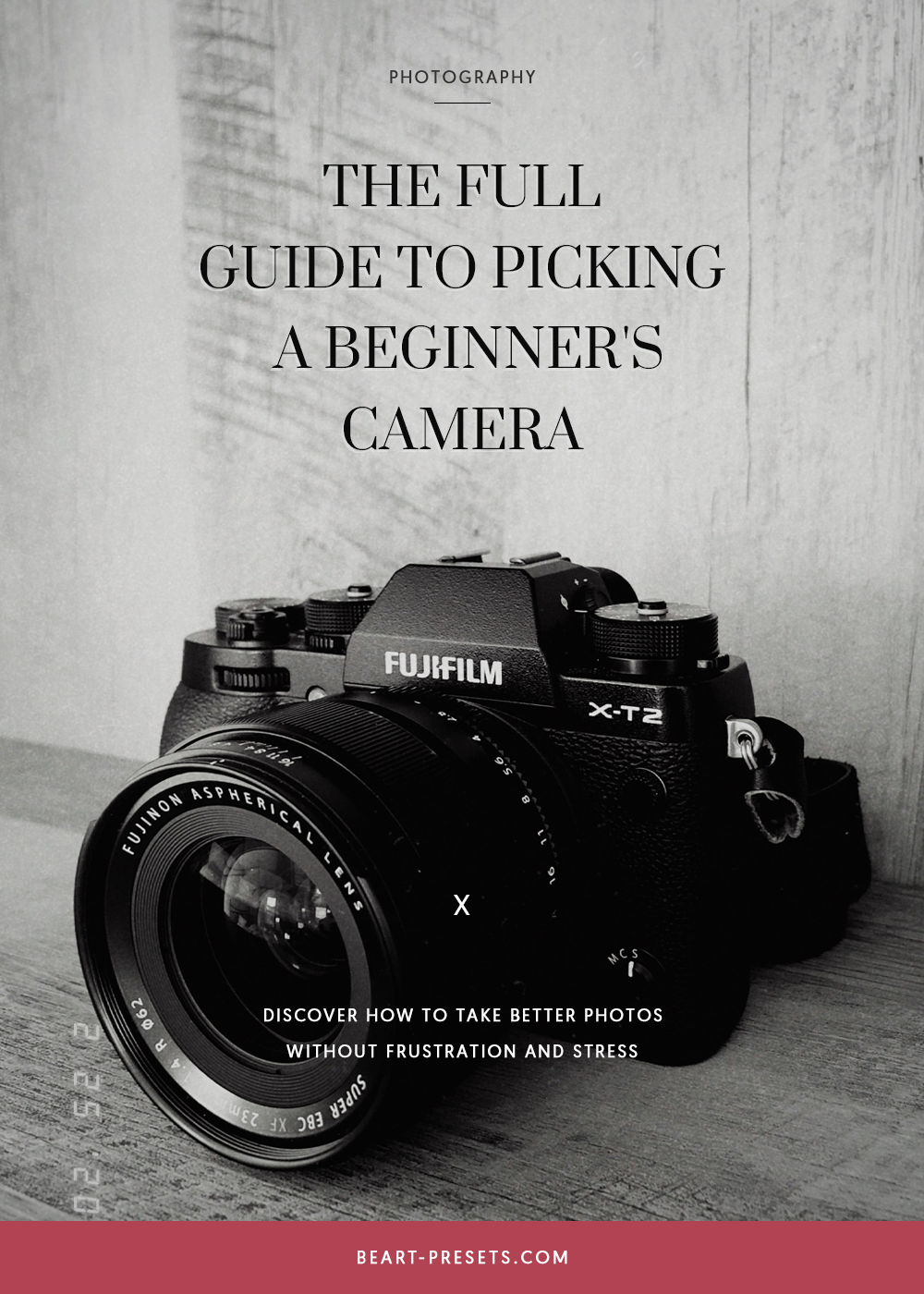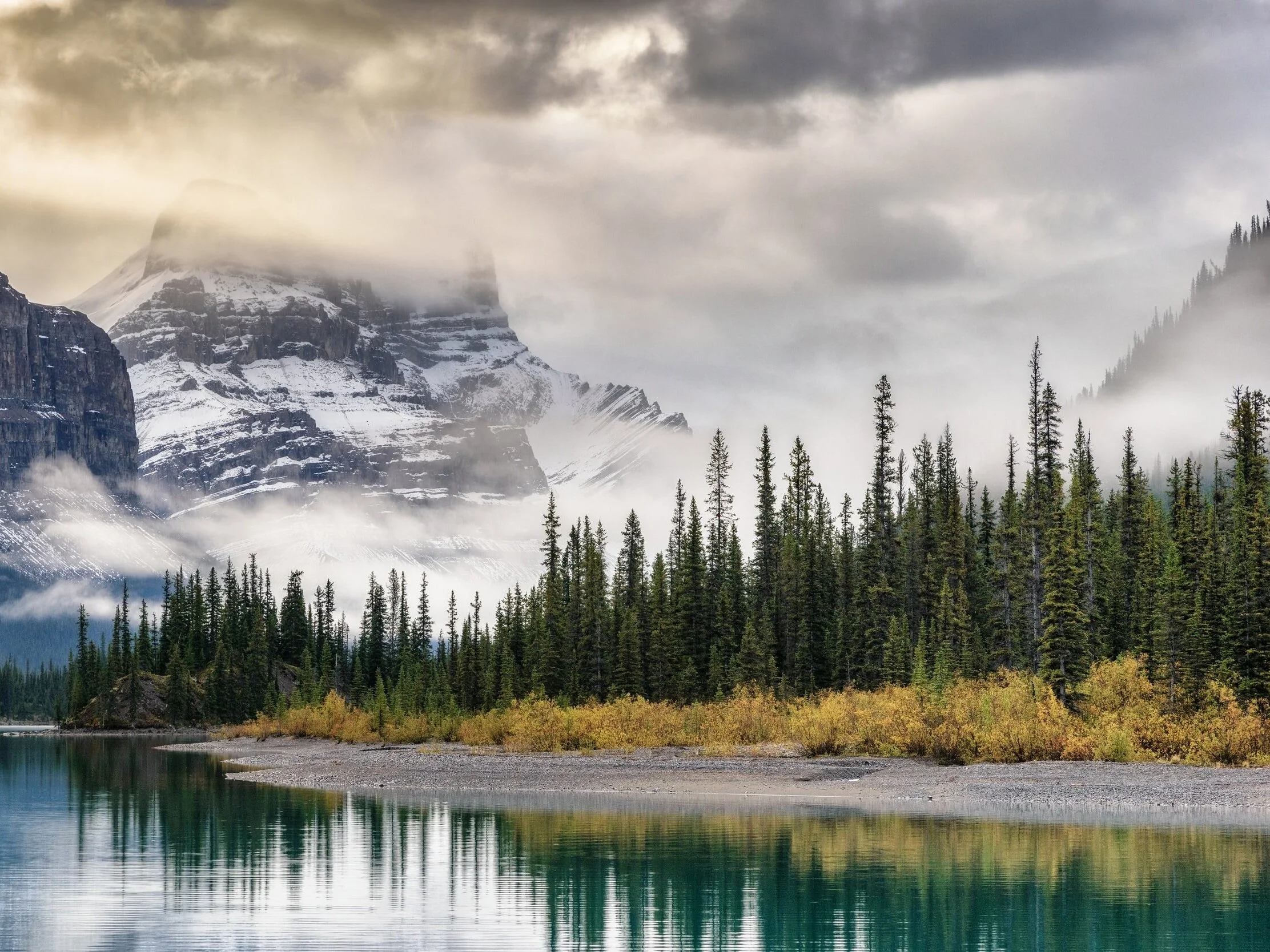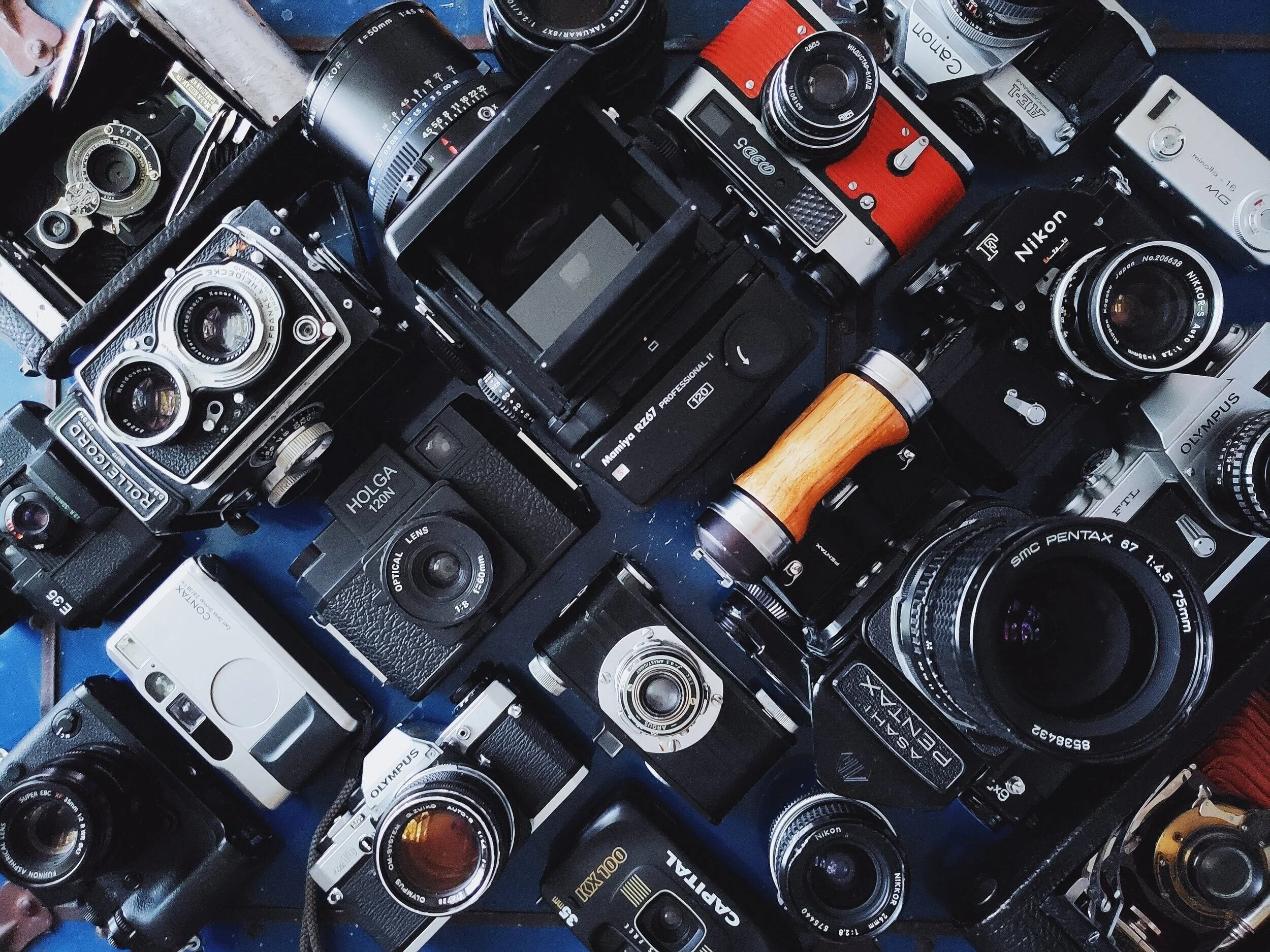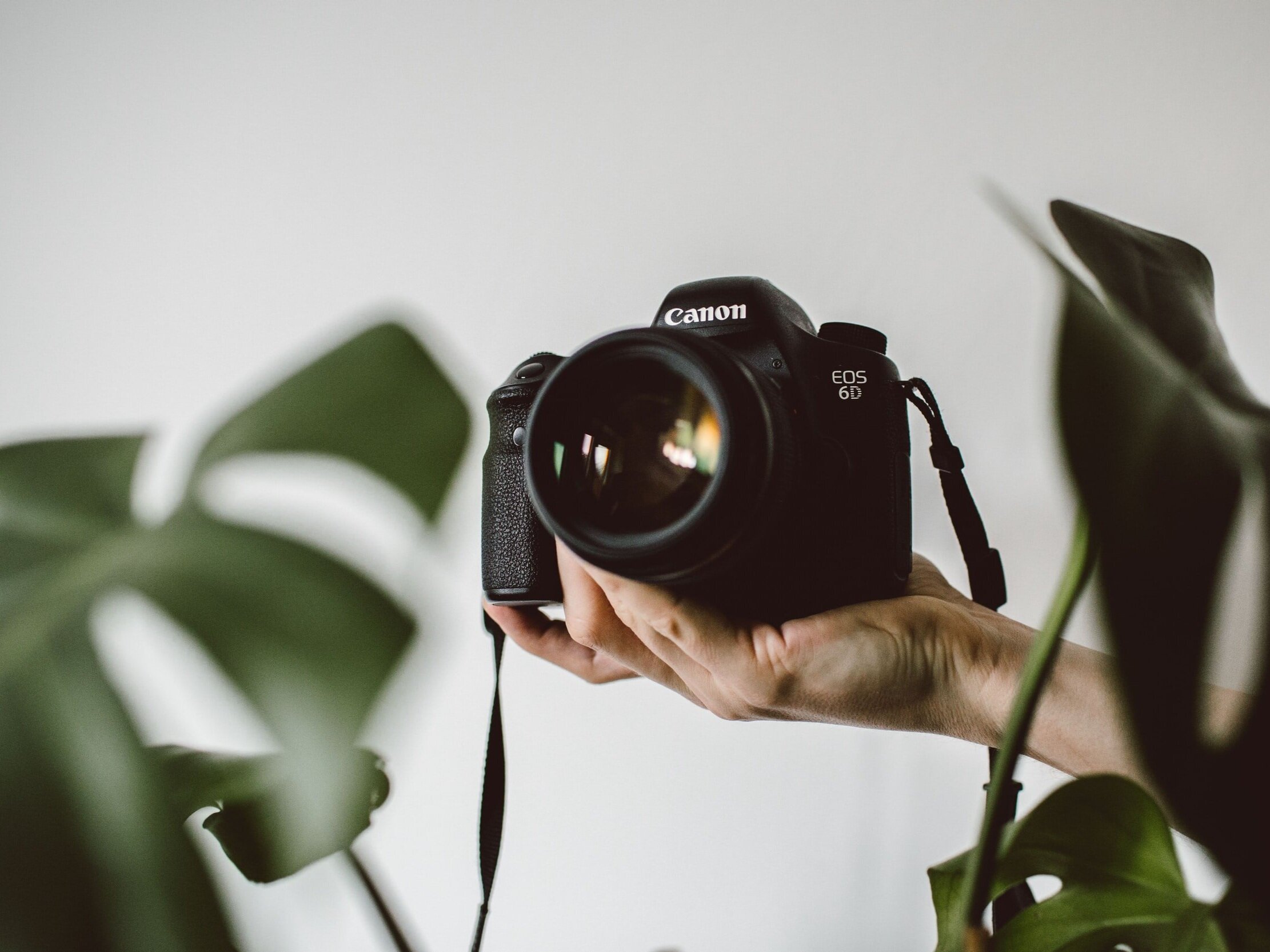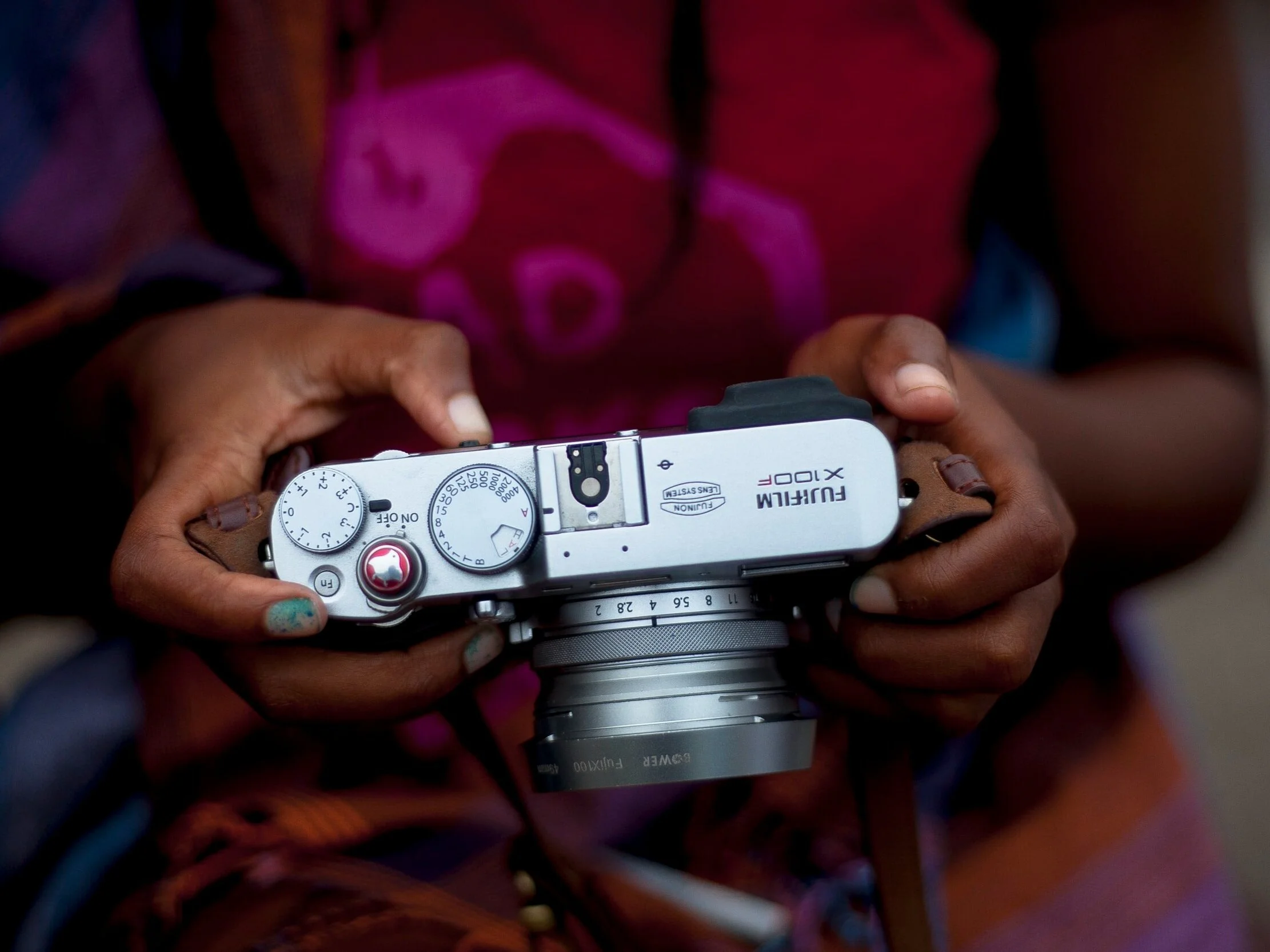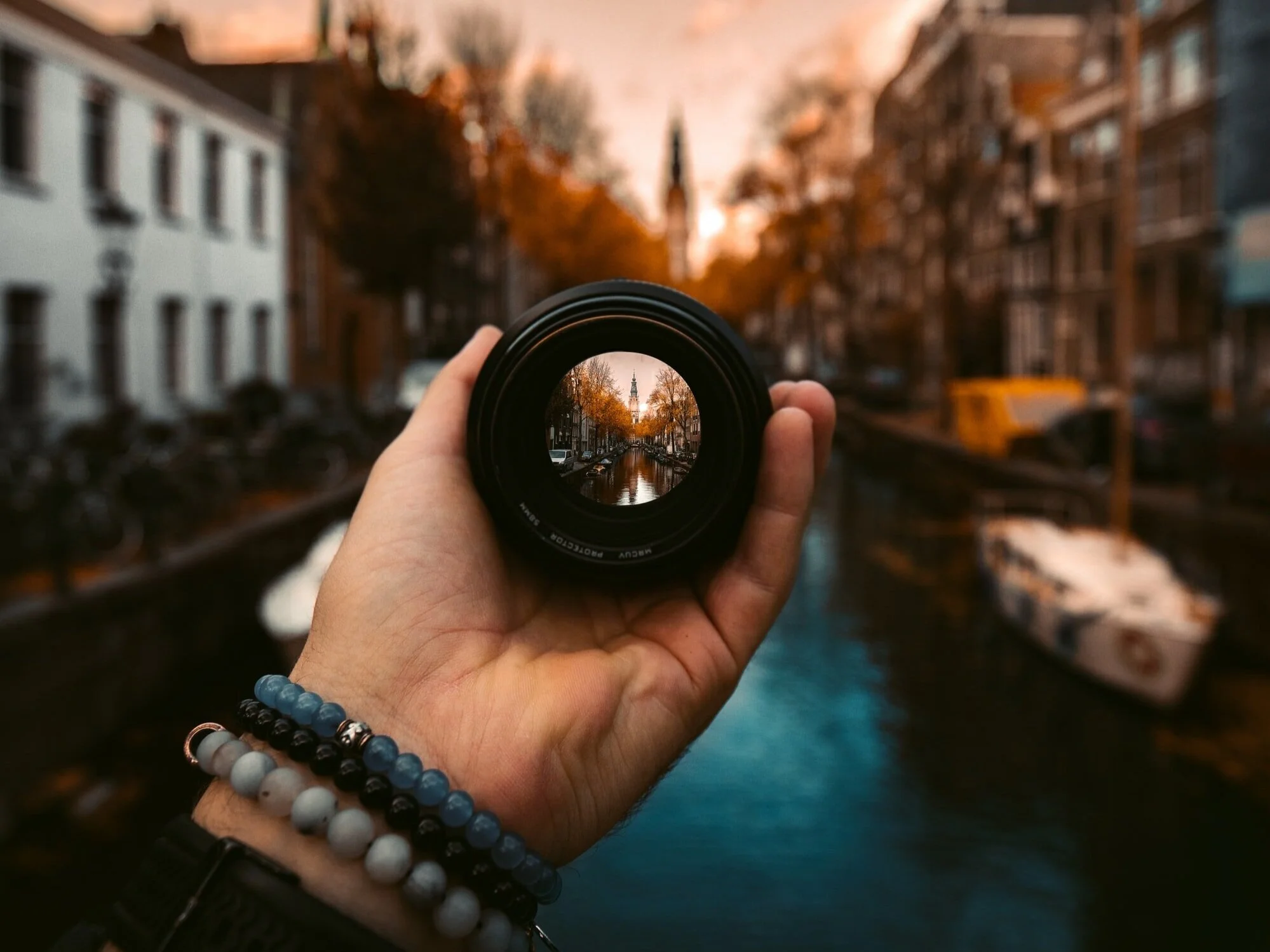The Full Guide to Picking a Beginner's Camera
Photography beginners, take note! at BeArt-Presets, we know that smartphone cameras are better than ever - and they're handy.
However, if you're ready to up your photo game, it's time to step into the world of (true) camera photography. We've put together a list of some excellent cameras at various price points for beginners. Their photo and video features, lenses, autofocus, and other features put them a step up from a typical smartphone camera.
Camera Uses
Before you buy any camera, think carefully about what you want from it. How do you plan to use that camera? Will it be for travel? Are you interested in an inexpensive entry-point camera you can ditch as soon as you're ready to move up? Will you want to produce high-quality videos? Do you want a camera that's point-and-shoot and easy to use with little to no accessories needed?
When selecting a camera as a beginner, you will want to consider ease of use, portability, and image quality (probably in that order of importance).
Ease of use is crucial for a beginner. If your first camera is complicated to figure out and use, you're more likely to get discouraged and give up.
Portability is important if you're planning on carrying the camera around with you or doing a lot of traveling with it in tow.
Image quality is dictated mainly by the image sensor, including its size and resolution. It's not necessarily the most important factor for a beginning photographer as long as you keep in mind that a lesser quality image isn't necessarily the result of your efforts but the camera's capabilities.
Now that we've got you thinking about using the camera let's take a look at the types of digital cameras to consider.
Camera Types
There are three main types of digital cameras: mirrorless, DSLR, and the fixed lens (also known as point-and-shoot or compact). There are clear distinctions between each category, which means you'll want to select carefully based on your needs and even your budget.
In other words, a DSLR might be fine for an entry-level budget and casual photographer. Still, it might not be enough for a more serious photographer. Here are some basic differences between the categories:
DSLR Cameras
These are the "granddaddies" of cameras and an excellent entry point camera for a casual photographer, in part because they're usually the cheapest. However, you get what you pay for because they're not the most technologically advanced among the three categories.
They also tend to be heavier and bulkier, so they're not the most practical for lugging around. Since they've been around so long, they tend to have many accessories, including lens options and plenty of used cameras you can start with. Many photographers begin with DSLRs and graduate up as they get more advanced.
The two brands to look for if you're interested in starting with DSLRs are Nikon and Canon. They've been around a long time and dominate the DSLRs (and most camera types, actually). You'll have plenty of models from which to choose and plenty of lenses going back years.
The advantage to starting out with either a Canon or Nikon is that you can easily graduate to their next level. They offer everything from entry-level to professional-level cameras. You'll have the advantage of being familiar with the brand, and, in some cases, you'll be able to use the lenses as you move up. Also, there's plenty of advice available online for how to use any of their models!
Canon: A good entry-level with the Canons are the Rebel models, specifically the Rebel T7 & Rebel SL3
Nikon: Look at any of the D3s (approximately $600) or D6 ($6000+) for their entry-level models, but you'll note there's a difference in pricing.
Mirrorless Cameras
Mirrorless cameras offer better technology, including better video capabilities, in a smaller and lighter body than the DSLRs. (They're built with social media sharing in mind.) It's not hard to find an entry-level model. Manufacturers also offer a wide variety of price points.
These cameras are called mirrorless because their technology doesn't include the DLSR's mirror box. That allows for a smaller and lighter camera that can use more compact lenses than a DSLR. While their weight and size make them great for travel photography (you'll appreciate the preview before you shoot), keep in mind that their battery life isn't as robust as the DSLR's battery. However, back on the plus side, they are better for videos, as we said earlier, and sharing straight to social media.
Mirrorless cameras come in various price points, and models and, once again, Canon and Nikon dominate. Our favorite, however, would probably be the Canon EOS M50 & Mark II ($600+).
The original Canon EOS M50 is the brand's best-selling mirrorless model. We like the Mark II because it enhances the original.
Fixed lens
These point-and-shoot cameras have become significantly less popular with the advancement of smartphone cameras. However, they're handy for the photographer who doesn't want to rely on their smartphone. While the field of manufacturers producing these have dwindled, there are still some excellent models available.
If you're not yet comfortable with a camera, starting with a point-and-shoot (fixed lens) camera could be a good idea, at least until you get more comfortable with composition and lighting. You can work your way up from here. The last thing you should do is buy a camera that's too much camera for your level, get frustrated, and quit.
While you don't want to over-spend in this category, we suggest a good quality point-and-shoot for easier and better images. They have better low-light capabilities and a better quality lens than lower-quality models. They also offer better zoom and autofocus with valuable add-ons like real-time eye detection.
In this category, we suggest you look at two cameras. (They're in widely different price points.) On the high end, there's the Sony RX100 VII. Although it's pricey ($1000+), you'll get excellent image quality, fast autofocus, a high-quality zoom lens, and a pocket-sized camera body. It's considered one of the best cameras in this category. On the other end of pricing is the camera that Digital World Magazine rated as the top fixed lens camera for 2021, the Canon PowerShot Elph 180.
It's a solid, pared-down, beginner's model with a decent zoom.
As the magazine says, it's "cheap and simple." ($149)
Tips for Beginners
Price points: As a beginner, you don't have to start with an expensive camera. There are various price points to select from within each type of camera and even by manufacturer. Yes, in some cases, a better quality camera that costs more might be better for you, particularly in the fixed lens category. However, we'd be reluctant to encourage anyone to spend $1000 on their first camera if they're not 100% certain they love photography and want to continue.
Used equipment: A great piece of advice for beginners is to start with a used camera. Plenty of reputable camera shops sell used cameras and lenses in great shape. This can be a great way to start. It's also a great way to graduate up to the next level of camera. Buying used can save you hundreds if not thousands of dollars.
Older models: Another way to save money is to buy a new but older model camera. Most manufacturers continue to sell their older models, even while selling newer models with more advanced (and expensive) technology.
Our Pick for a Beginner's Camera
If you're wondering whether we have a pick for an entry-level camera, we do. It would most likely be the Sony a6000 mirrorless. It's not the cheapest, but it's an excellent choice in the mid-range price point of about $650. Even though it's not the most recent Sony mirrorless, it remains one of its most popular cameras - and for good reasons.
You can use their E-mount lenses and features a 24.2MP APS-C format sensor. A big plus is that it will cost you a few hundred dollars less than Sony's other newer a6 models. Also, because it's an older model, you should be able to get your hands on a used model and save even more money.

